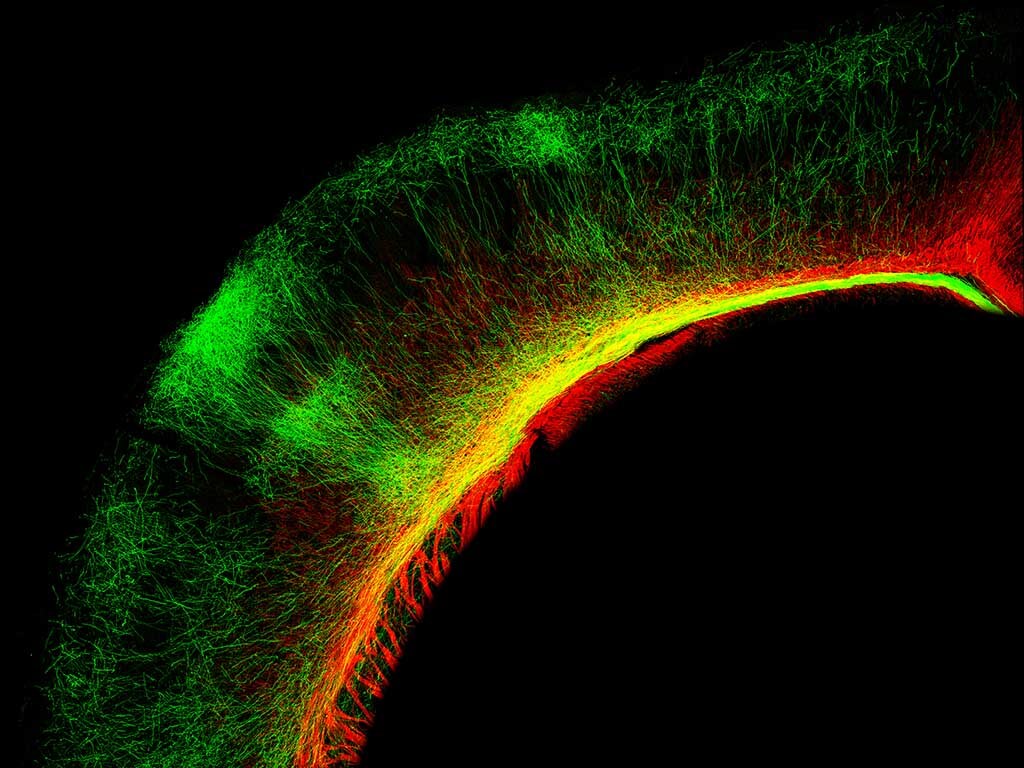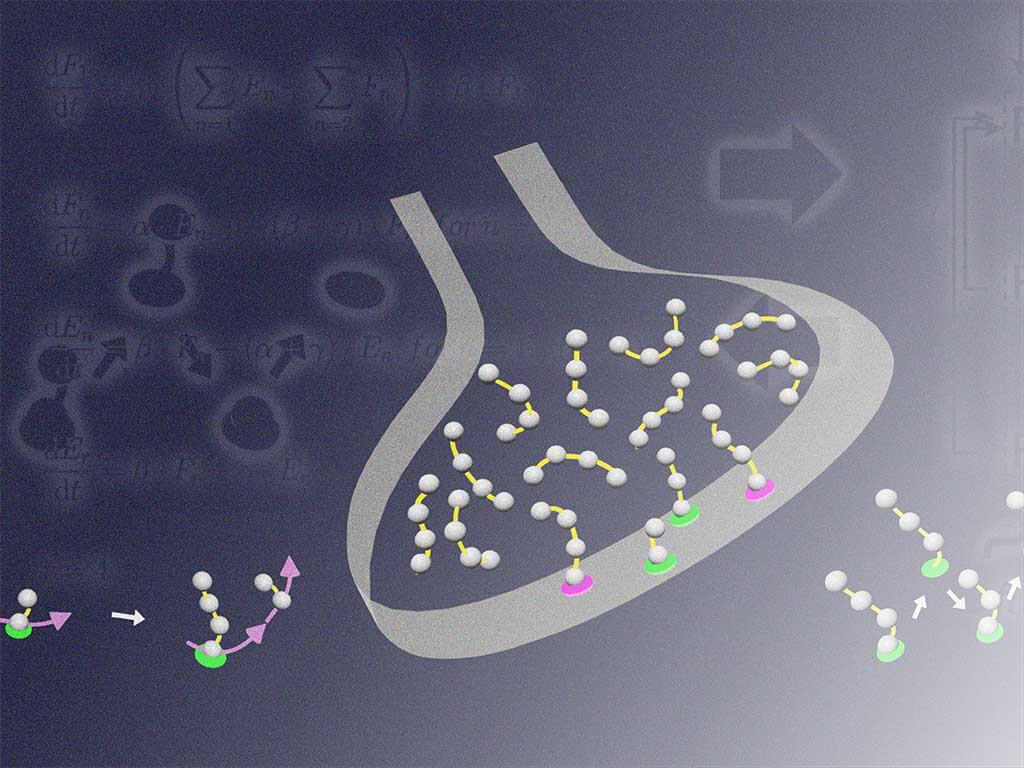Parallel processing of quickly and slowly mobilized reserve vesicles in hippocampal synapses.
A study led by the Institute of Neurosciences advances the understanding of the functioning of synapses.
– The work, published in the journal eLife, suggests that synapses process information as it is transmitted.
– Improving knowledge about information processing in humans will allow the development of better treatments for mental diseases .
(Photo: John F. Wesseling and Juan José Rodríguez Gotor, IN-CSIC-UMH researchers)
The human brain processes information very powerfully; by some measures, this organ is even more powerful than the circuits of the fastest computers. There are principles of brain design that have been known for decades and continued efforts to investigate these processes in depth have allowed the development of new algorithms that have made recent advances in Artificial Intelligence possible. However, understanding information processing in brains is still rudimentary, and key operating principles remain to be discovered.
A central component of the brain is synapses, the structures that connect individual neurons to form massively parallel networks. The conventional idea is that the function of synapses is to transmit information. However, the research carried out in the Molecular and Cellular Physiology of Synaptic Transmission laboratory, directed by John Wesseling at the Institute of Neurosciences (IN), a joint center of the Spanish National Research Council (CSIC) and the Miguel Hernández University (UMH) in Elche, points out that synapses are constituted as a sophisticated mechanism that processes information as it is transmitted.
Recently published in the journal eLife, this study raises the theory that individual synapses function as if they were multiplexed arrays of bandpass filters, and each is adjustable independently. “Our objective now is to test this theory,” says John Wesseling and explains that this new hypothesis predicts that, when not used, the neurotransmitter stored in the synapse is segregated into multiple modules, called ‘reserve pools’, which are activated in a parallel and never intermix.
This study, which had the collaboration of IN researcher Isabel Pérez Otaño and researcher Kashif Mahfooz, from the University of Oxford (United Kingdom), shows that the prediction is correct. There are multiple reserves in individual synapses and their contents do not intermix. “Our results are not compatible with conventional ideas and are exciting because they suggest that we might be on the path toward discovering a fundamental principle of biological computation computing,” explains Juan José Rodríguez Gotor, first author of the article.
“It is possible that a deeper understanding of synaptic transmission that is emerging from our studies and those of other groups that are researching in this field, transform human-designed computing once again,” highlights Wesseling and emphasizes that the main objective of the research he is developing in his laboratory is to improve human health: “We believe that better knowledge of the processing of information in humans will result in better treatments for many mental diseases”.
This work has been possible thanks to funding from the Spanish State Research Agency – Spanish Ministry of Science, Innovation, and Universities and the PROMETEO Programme of the Generalitat Valenciana.
.


 Español
Español

